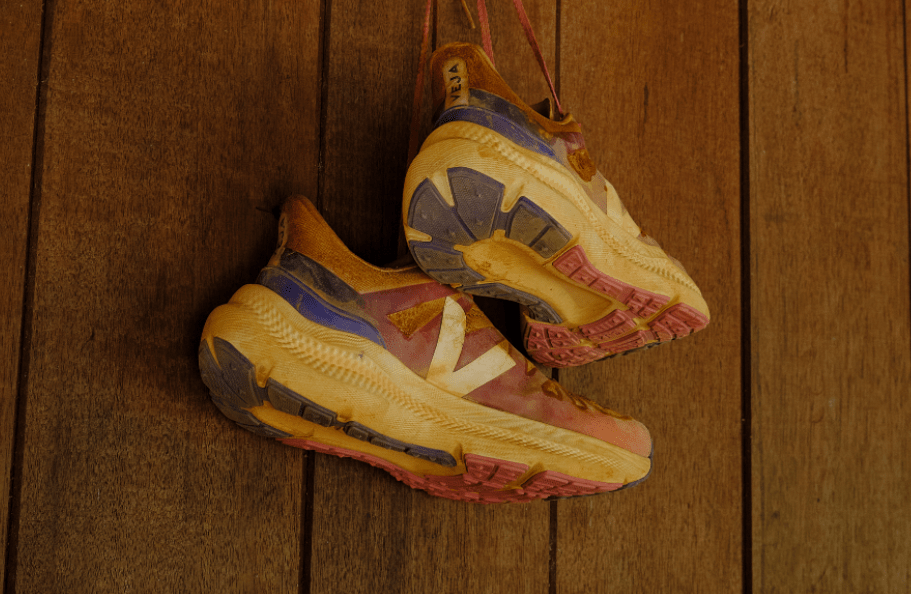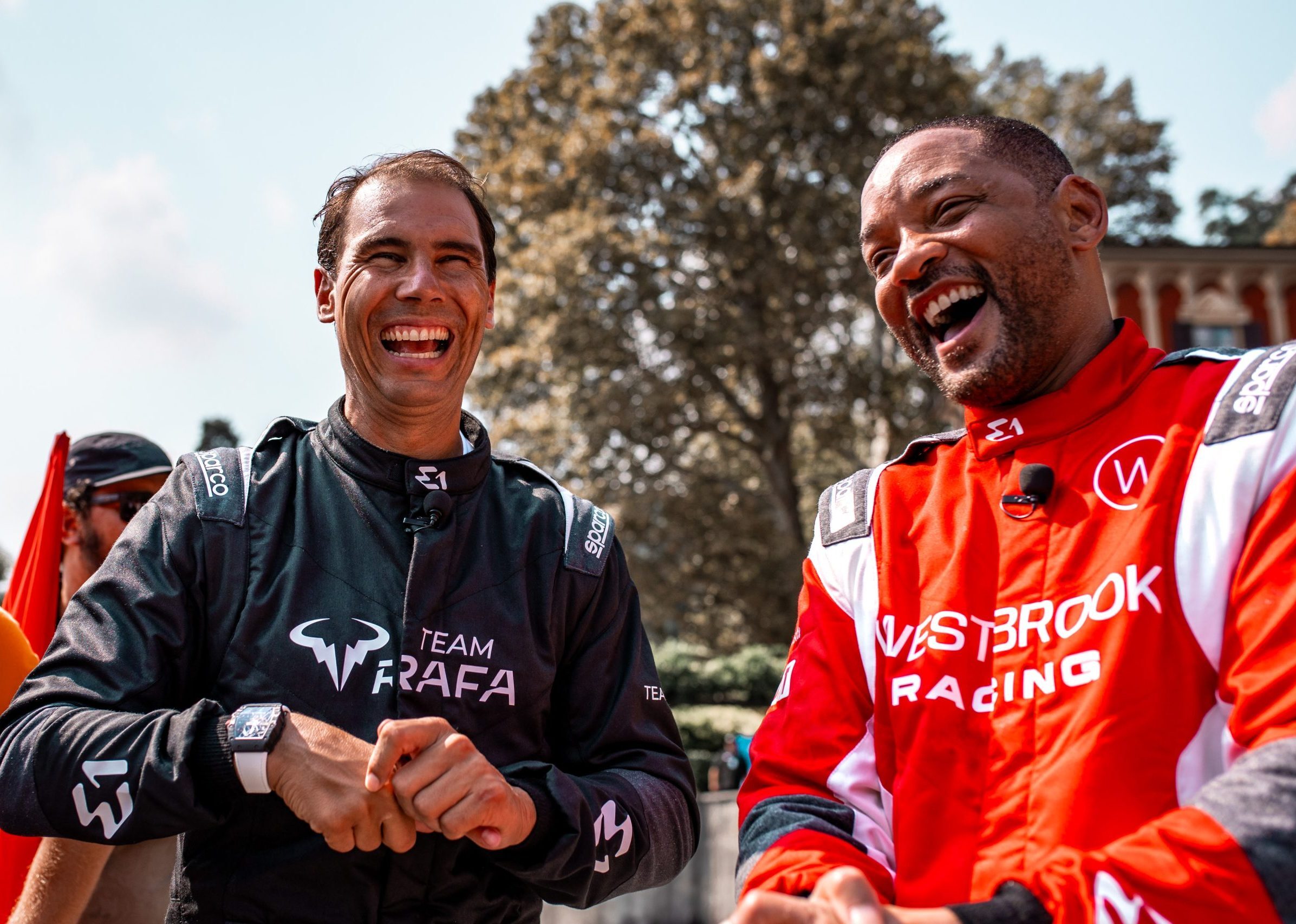Lacing up and running with a community of like-minded individuals is the new way to move.
Big crowds of runners are taking over the nation’s pavements, parks, fields and tracks. Some run with boomboxes, others prefer to run at a chatty pace. Some run before work, stopping for a post-run croissant to fuel their morning; others take to the streets after office hours and round off with a drink down the local.
But one thing these groups all have in common, is their sense of community and belonging. In fact, at a time when 52% of UK adults admit to feeling lonely, run clubs are providing a healthy hangout of thousands of runners.
But what’s driven this huge rise in run clubs? And will their growth ever subside?
The rise of run clubs
Jimi Harrison is the founder of Keep on Moving, a Manchester-based run club. He says that run clubs are probably the ‘nearest thing to a new sub culture’ that have seen in decades.
“The really are popping up everywhere now. It’s a fantastic thing because people are getting outside and running.”
He reckons that the huge surge in popularity is due to the accessibility of the sport and the community aspect that a club brings.
“These new social run clubs don’t discriminate against fitness. if you compare it to cycling which can be pricey and less community driven, I’m not surprised to see how popular running clubs have become.”

About the author
Simarin Tandon | Performance and Digital Marketing Manager
Having worked with brands across the Beauty &Wellness, FMCG, FinTech, and Home & Lifestyle sectors, Simarin focuses on driving acquisition and growth, whilst managing the performance team at brandnation.
A curious marketer, Simarin is always on the pulse when it comes to performance and digital updates across both paid and organic platforms.
In fact, running in general has soared in popularity. Over 30% of those aged 35 to 44 in the UK say they run at least monthly according to research.
Parkrun, a free, community-led 5KM running event held in parks and open spaces around the world, has also seen huge growth, with nine million registered parkrunners as of this year.
Jimi adds: “Running is also very on-trend and it’s super Instagrammable; who doesn’t like to see people smiling, running and enjoying post run beers or coffees? It’s wholesome content that speaks to different demographics.”
The new wave of running brands may also be helping to boost the number of runners on the streets.
“These have taken over from the retail giants that used to dominate the sport such as Nike and Adidas. Brands like Satisfy, Soar and Norda are developing incredibly technical products that look good. People rocking up to running clubs want to be seen wearing the latest collections,” says Jimi.
Showing up, week on week
The boom in run clubs certainly doesn’t seem to be slowing down. But anyone can step out of their front door and go for a run on their own accord; so why are people remaining consistently loyal to their club?
“The community and sense of belonging is driving people back,” says Jimi.
“It’s a real simple formula but incredibly powerful at the same time; you’re connecting every week with like-minded people; it provides a foundation for new friendships through a social run.”
The run club benefits
In terms of these run clubs’ mental and physical benefits, there are several. Physically of course, running itself helps to improve fitness.
“I’ve watched countless new members join our club, struggle through their first run, and within months, they’re conquering half marathons and signing up for full marathons. Witnessing this transformation is truly inspiring, and it’s a perspective I certainly cherish,” says Jimi.
In fact, research suggests that joining a run club actually helps you to run faster.
As for mental health, research on running (and exercise in general) and its benefits on the mind, is consistently positive.
A study has even found that just one single bout of exercise enhances mood and decreases stress levels.
“For me, the endorphin rush from running with others is a unique form of therapy, and it’s a sentiment shared by many in our running community,” says Jimi.
What the future holds
It doesn’t seem as though we’ll be turning our backs on run clubs any time soon. On Google Trends, the term ‘run club’ has seen a consistent rise since 2022. “The core running community and people who have fallen for the sport will continue to show up. Races are selling out more than ever, new running shops and running brands continue to be created and the momentum shows no sign of slowing down,” says Jimi. To balance out the running craze, other sports could start to become more social.
“Callisthenics (exercise that uses body weight as resistance) could be next; it’s very accessible and can be done socially”.
Fancy joining a run club near you? Head to runtogether.co.uk for thousands of different clubs.





